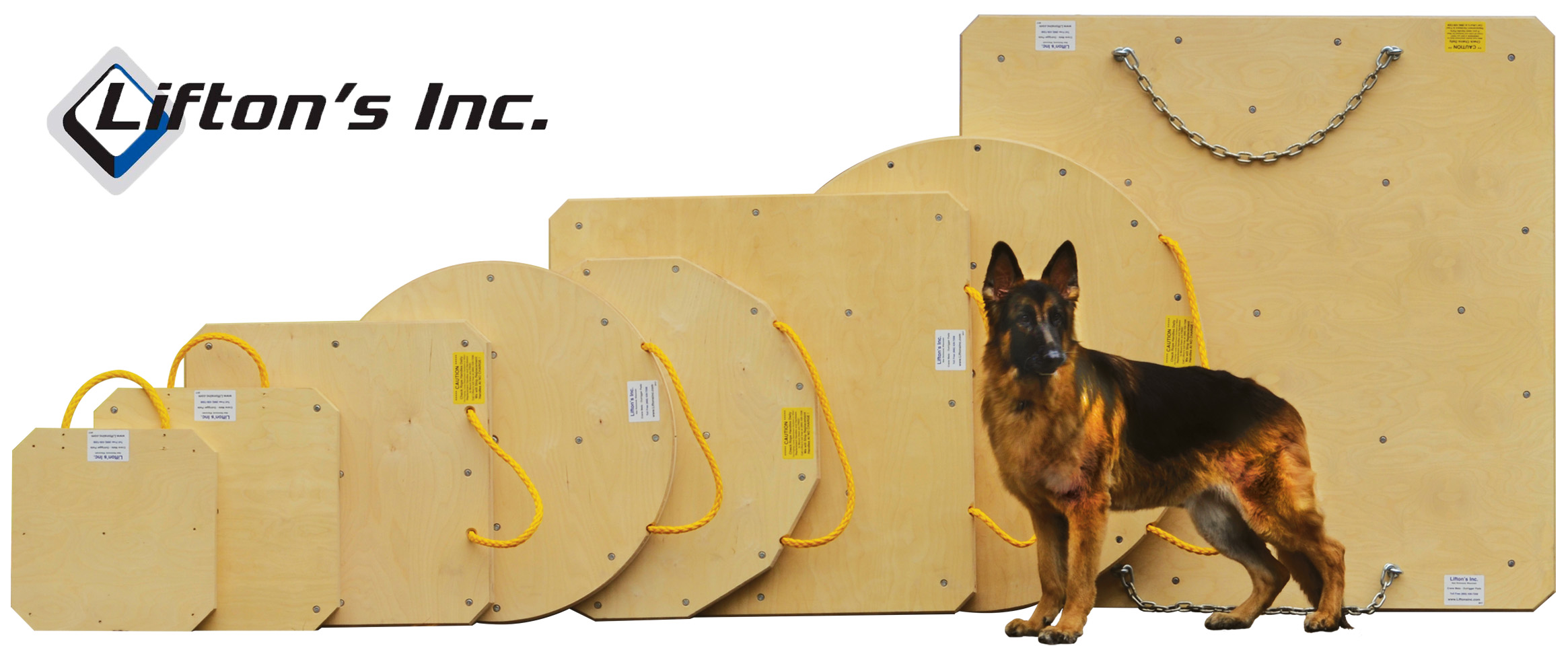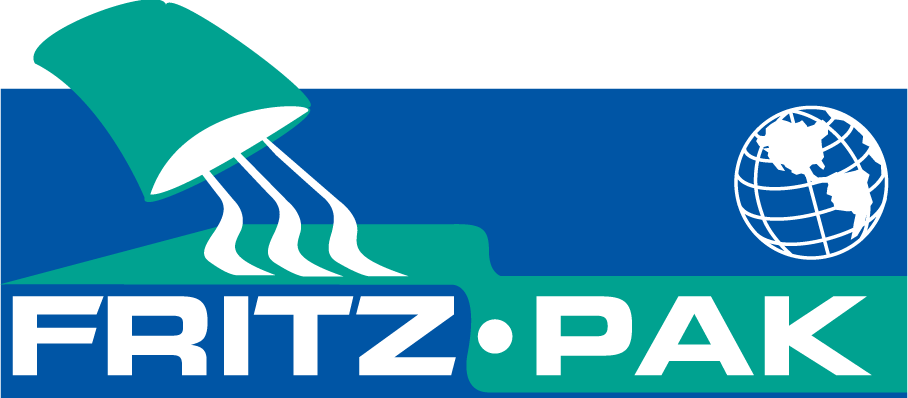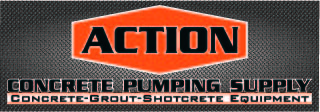Stop Pushing the Big Money Button on your pumps
 Last week I was creating another nomograph. It was nothing new, I’ve made hundreds of them. I’ve written papers on their use for sizing pumps to job situations, and I thought I knew everything about them. This time, for whatever reason, a truth jumped off the page at me that I’d never considered before: the relationship between how fast you operate the pump, and the cost of running the pump. On the nomograph, increased velocity shows up as increased pressure. To the fleet owner, however, increased velocity shows up as increased maintenance costs, increased fuel consumption, and decreased pump life.
Last week I was creating another nomograph. It was nothing new, I’ve made hundreds of them. I’ve written papers on their use for sizing pumps to job situations, and I thought I knew everything about them. This time, for whatever reason, a truth jumped off the page at me that I’d never considered before: the relationship between how fast you operate the pump, and the cost of running the pump. On the nomograph, increased velocity shows up as increased pressure. To the fleet owner, however, increased velocity shows up as increased maintenance costs, increased fuel consumption, and decreased pump life.
In the late 1970’s I was a pump operator. During that time, I learned there were two ways to handle delivery and pumping speed. On a hot day, when concrete was being delivered sporadically, I pumped slowly, keeping the delivery rate of the pump matched with the delivery rate of the concrete. It was an easy call; I didn’t want a boom-party. On cooler days, you have more of a grace period with the concrete, and you can adopt a different style of operating. I’d pump the trucks out as quickly as I could, then wait for concrete. During that time, I could eat my lunch, visit the port-a-potty, grease the machine, etc. What I didn’t know was that the “full-blast-and-then-wait” style of operating was increasing the wear on the pipeline, hoses, and pump wear-parts by up to 300%. When the ready mix truck was ready to dump, I pushed the throttle to maximum and turned the pump on. I might as well have been pushing a button that said “Spend Big Money.”
Increased velocity also causes an increase in pressure. To visualize the effect, remember that concrete in a pipeline acts very much like sandpaper under pressure. Take a piece of sandpaper and rub it gently on a piece of wood. Some material is removed, but it would take a long time to wear down the wood. Increase the speed that you’re rubbing the wood, and it will take less time to wear down the wood. Now rub quickly and push REALLY HARD as you rub. It becomes easier to picture your pipeline evaporating, doesn’t it?
Figure 1 shows a nomograph of an example pumping job, with three different pumping rates. The example assumes the following criteria:
• The pump has a 200 Kw hydraulic pump setting, and a maximum 180 cubic yards/hour pumping rate. • The pump is equipped with 125 mm (5 inch) pipe, with a 200 feet proportional-value length (a 32 meter unit). • 4 inch slump concrete, 0 feet level difference between the pump and point of discharge. • Concrete is being delivered to the job at 60 cubic yards/hour.
The dark blue line represents a pump running at a flow rate that exactly matches the concrete being delivered to the job. This is a bit of dreamland, I know. Concrete NEVER arrives at exactly spaced intervals, just as it’s needed. Still, the closer you could come to running at this speed, the less your maintenance costs. You can see that pressure needed to place the concrete at this speed is only about 171 PSI. See Figure 1.
The red line represents what happens if the pump is run at twice the speed of the arriving concrete, which provides for breaks between loads. As you can see, it now requires about 341 PSI to move the concrete through the pipeline.
The green line represents what happens if the operator simply puts everything to maximum speed and turns on the pump. Velocity through the pipe is three times what it needs to be, and it takes about 514 PSI to move the concrete through the pipe. Wear is vastly accelerated on the pipe components, rams, concrete valve, and the hydraulic system. Additionally, fuel consumption is at maximum. The job is not finished any sooner… concrete is STILL arriving to the job at 60 cubic yards per hour. Only your maintenance and operating costs have increased.
In reality, even the most cost-conscious operator couldn’t realize the flow rate represented by the blue line. There WILL be gaps in concrete delivery, and the operator WILL need bathroom breaks, lunch breaks, and time to grease the components. Still, somewhere in between the blue line and the red line is what’s possible for a normal jobsite— and your most economical operation.
How can you begin to realize these cost savings? Perhaps a bonus plan tied to maintenance costs. Knowledge is the first step. When I was a pump operator, I was unaware of these facts, and would have saved my employer quite a bit of money, had I known.
Written By Edwards, Rob Published by ConcretePumping.com











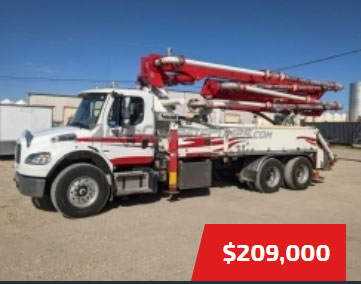


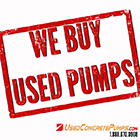

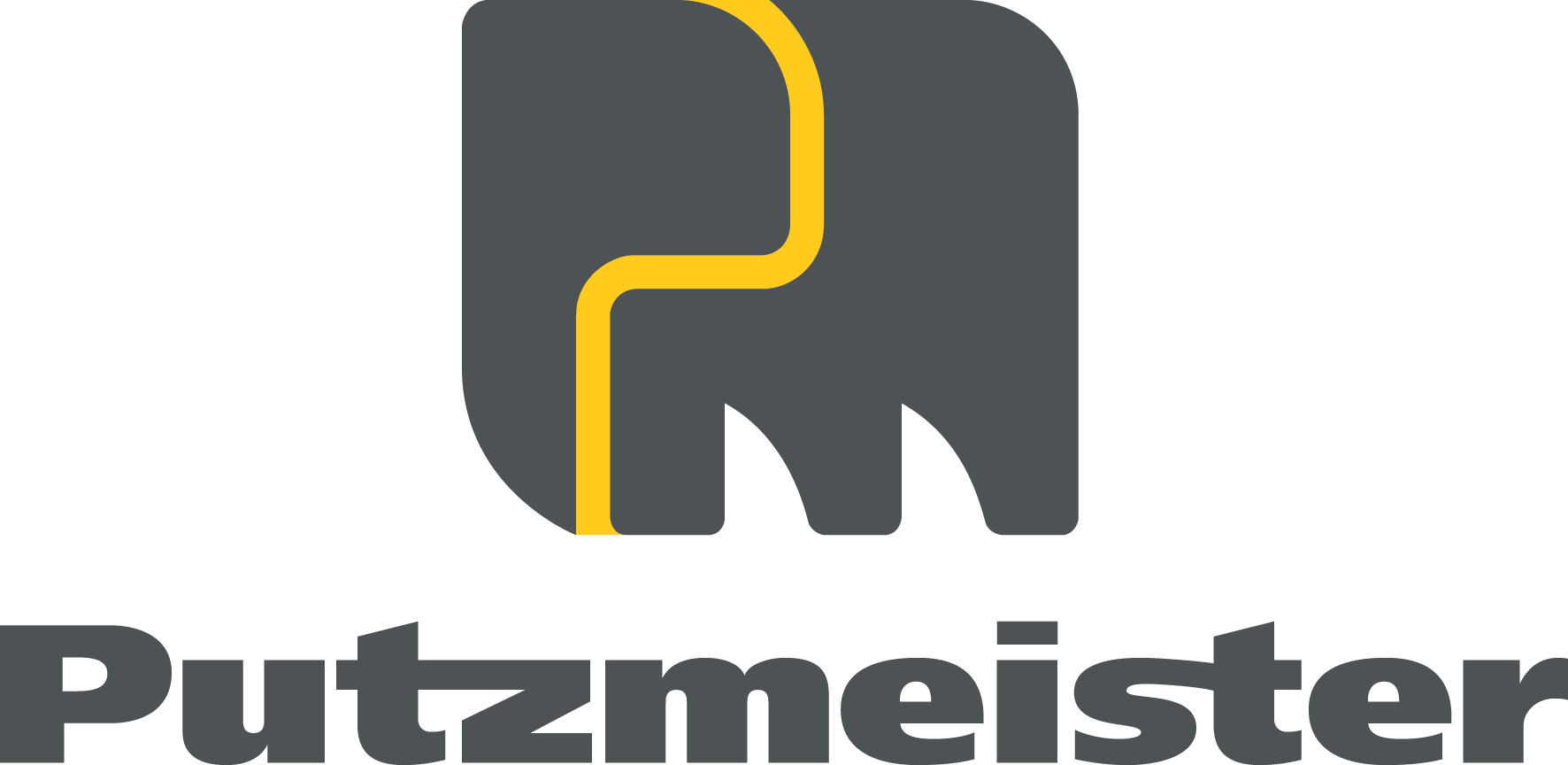



.jpg)
.gif)

.jpg)

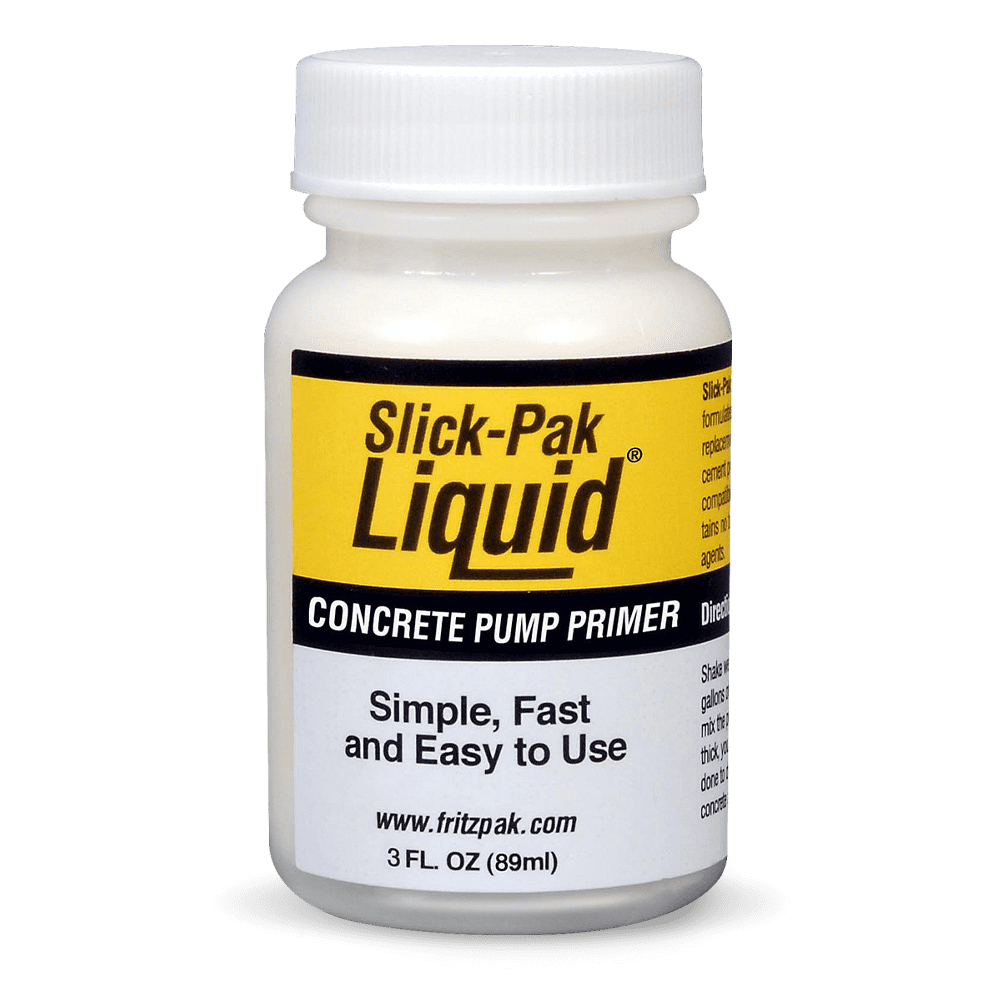






.jpg)
